Deter Deer And Prevent Ticks By Getting Rid Of Honeysuckle
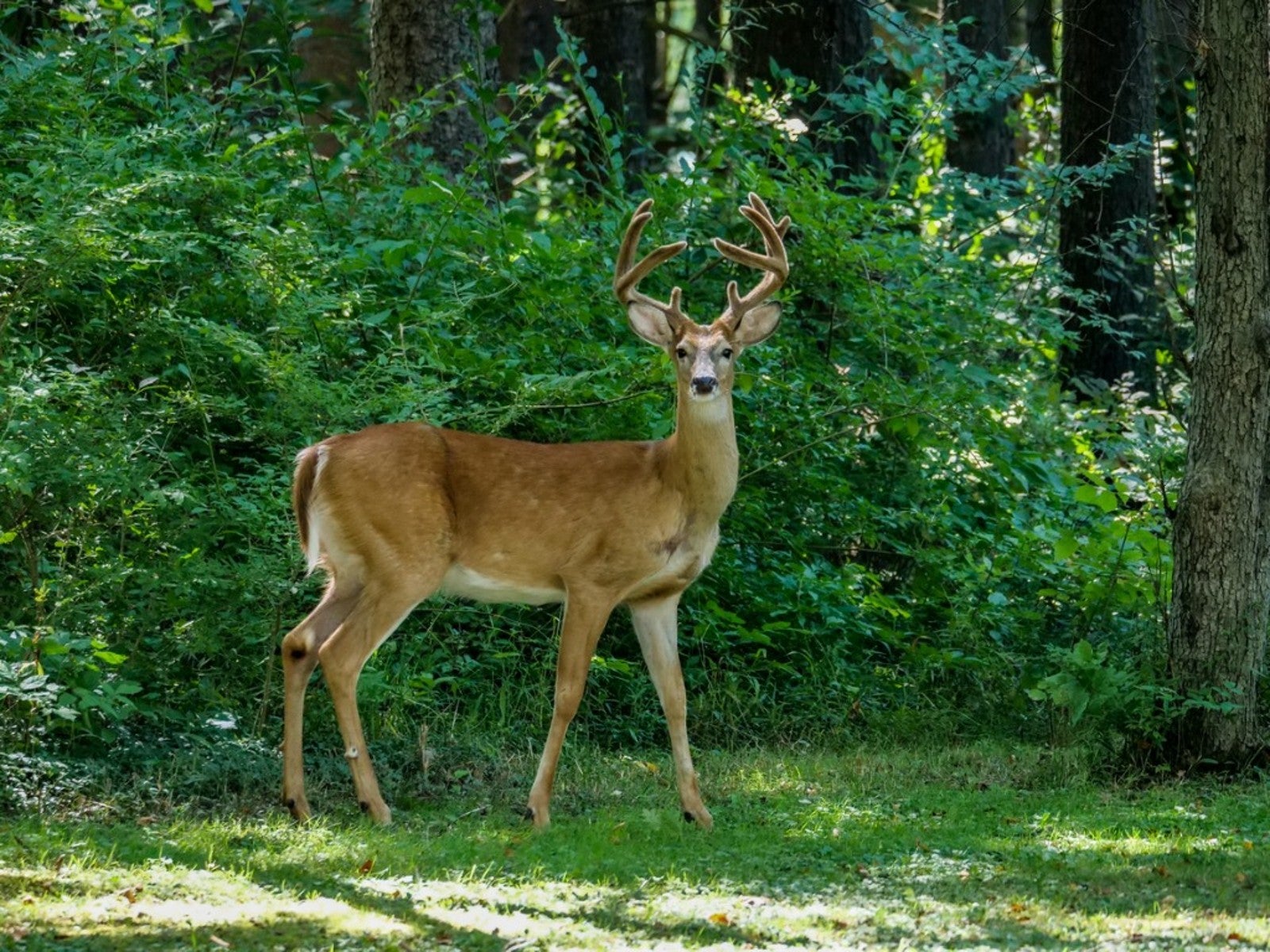

Tick prevention is a major concern in most areas. Even in your own backyard, you can be exposed to disease-carrying ticks. Any steps you can do to prevent their populations from thriving will protect you and your pets and family. Surprisingly, this includes removing non-native honeysuckle plants.
Why is Bush Honeysuckle Bad?
Bush honeysuckle is a group of non-native deciduous shrubs. Originating in Asia, these plants came to North America via Europe in the late 1800s. Not long after, they became popular landscaping and ornamental species.
Bush honeysuckles are now considered invasive throughout most of the eastern and midwestern states. There are many reasons to consider these non-native honeysuckles a problem:
- They crowd out native species and reduce plant diversity.
- They make it more difficult for tree seedlings to survive in forests.
- By reducing plant diversity and forest health, bush honeysuckles negatively impact insects, amphibians, pollinators, and other native wildlife.
- Birds eat honeysuckle berries, but the bush species provide “junk food” for birds with too few nutrients.
Honeysuckle and Deer Ticks
It isn’t just wildlife and native plants and animals that suffer because of invasive honeysuckle. Researchers have found that bush honeysuckle is also bad for human health.
One of the reasons bush honeysuckle has an advantage over many native species is the duration of its leaves. It leafs out earlier in spring and stays green later in fall than many other plants. This is an advantage for deer. They find green leaves earlier in spring and later in fall in areas where honeysuckle has invaded.
What this means for human health is greater exposure to ticks and tick-borne diseases. Studies have found that white-tailed deer numbers can be as much as five times higher in areas with bush honeysuckle. With deer, come tick species that carry several diseases.
How to Prevent Ticks in the Garden
Two important things you can do to reduce tick populations go hand-in-hand: remove invasive honeysuckle and keep deer out of the garden.
Gardening tips, videos, info and more delivered right to your inbox!
Sign up for the Gardening Know How newsletter today and receive a free copy of our e-book "How to Grow Delicious Tomatoes".
If you have bush honeysuckle in your yard, remove it entirely. If you’re not sure, read up on identifying the species. Similar species to distinguish it from include Japanese and native honeysuckles, which are all vines, coralberry, winterberry, and native viburnums.
The simplest way to get rid of invasive honeysuckle is to pull it out by its shallow roots. Do this early in spring or in fall when they are greener than native species. This will make it easier to determine what to pull.
Removing honeysuckle will go a long way toward minimizing deer in your garden, but there’s more you can do. Plant more species that deer don’t like to eat. Use fragrant plants—onions, garlic, herbs—near plants that deer like as a way to repel them. A fence or thick hedge can also keep deer out of the yard.
Use motion-activated devices to scare off deer that venture into your yard at dawn, dusk, and nighttime. Lights that come on at night when they move, for instance, are a deterrent.
Keeping invasive plants and deer out of your garden will benefit your own safety and that of your native wildlife. Start with the honeysuckle to significantly reduce tick numbers and use other measures as needed.

Mary Ellen Ellis has been gardening for over 20 years. With degrees in Chemistry and Biology, Mary Ellen's specialties are flowers, native plants, and herbs.
-
 What Is A Pollinator Garden? Grow Gorgeous Blooms While Benefiting Your Local Ecosystem
What Is A Pollinator Garden? Grow Gorgeous Blooms While Benefiting Your Local EcosystemPollinator gardens look great and also provide a diverse ecosystem that benefits your local pollinating insects and animals. Get started today with this guide!
By Bonnie L. Grant
-
 5 Tough Urban Trees That Thrive In Cities – Top Picks For Urban & Suburban Landscapes
5 Tough Urban Trees That Thrive In Cities – Top Picks For Urban & Suburban LandscapesExplore the best urban trees that will add value to even the most challenging of landscapes. Get growing with these ideas and enjoy all the benefits of trees.
By Teo Spengler
-
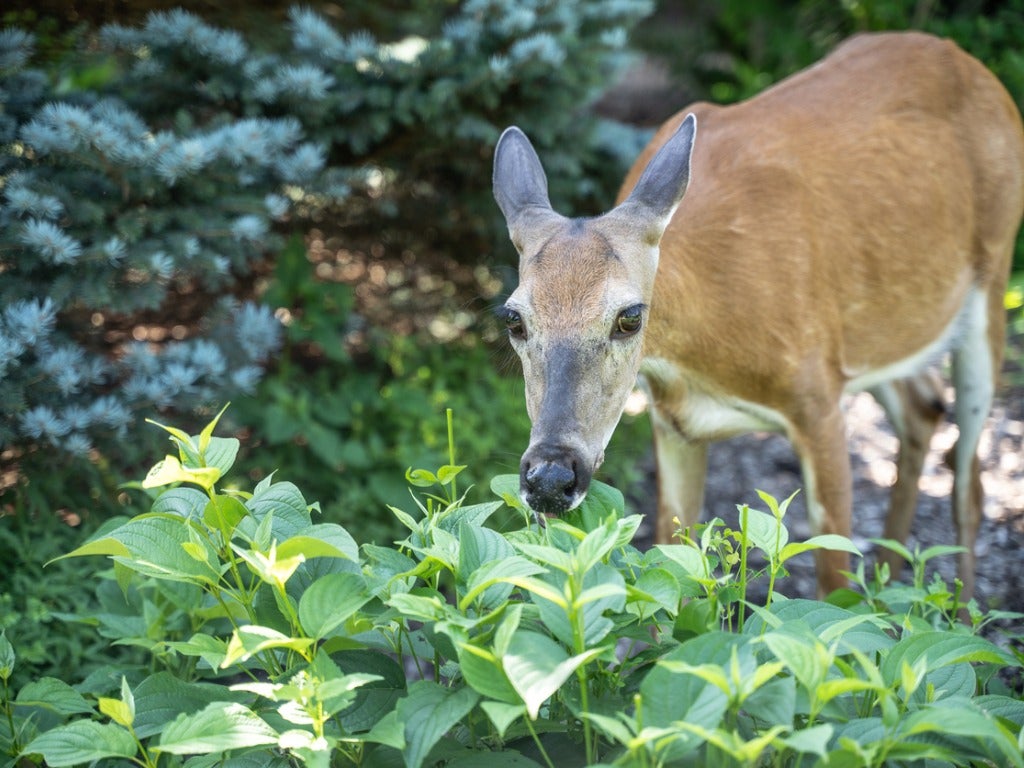 Deer Proof Shade Flowers: Choosing Deer Resistant Flowers For Shade
Deer Proof Shade Flowers: Choosing Deer Resistant Flowers For ShadeWatching deer move through your property can be a peaceful way to enjoy nature. However, they can become a nuisance if they start eating your flowers. If you have a shady garden bed, add flowers they will have no interest in. Click here to learn more.
By Mary Ellen Ellis
-
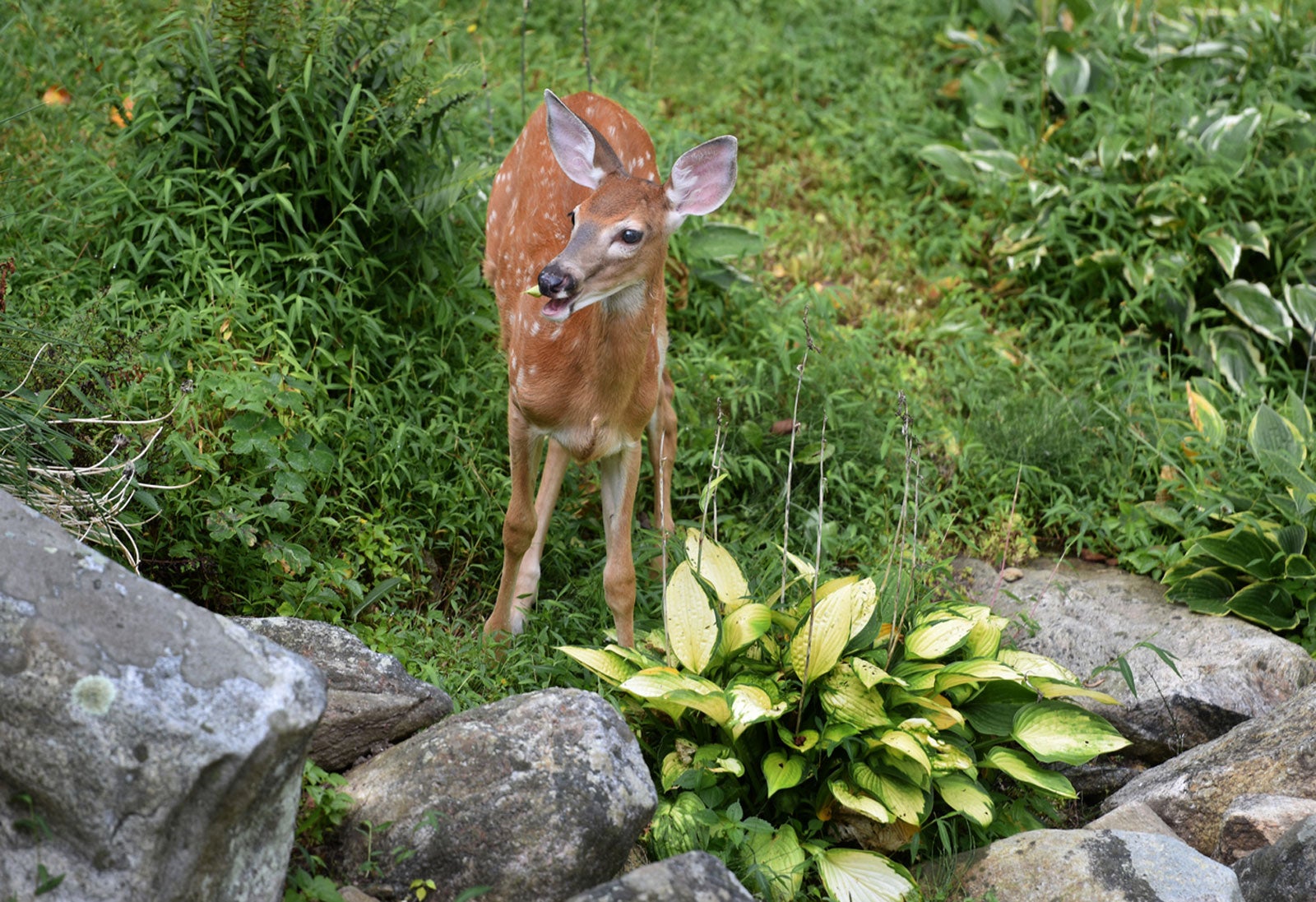 Deer Droppings On Plants: Is Fertilizing With Deer Manure Safe
Deer Droppings On Plants: Is Fertilizing With Deer Manure SafeWhether you love or hate deer, or have a more complicated relationship with them, there is one important question to answer: Can you use deer manure in gardens? Click on the following article to find out more about fertilizing with deer manure.
By Mary Ellen Ellis
-
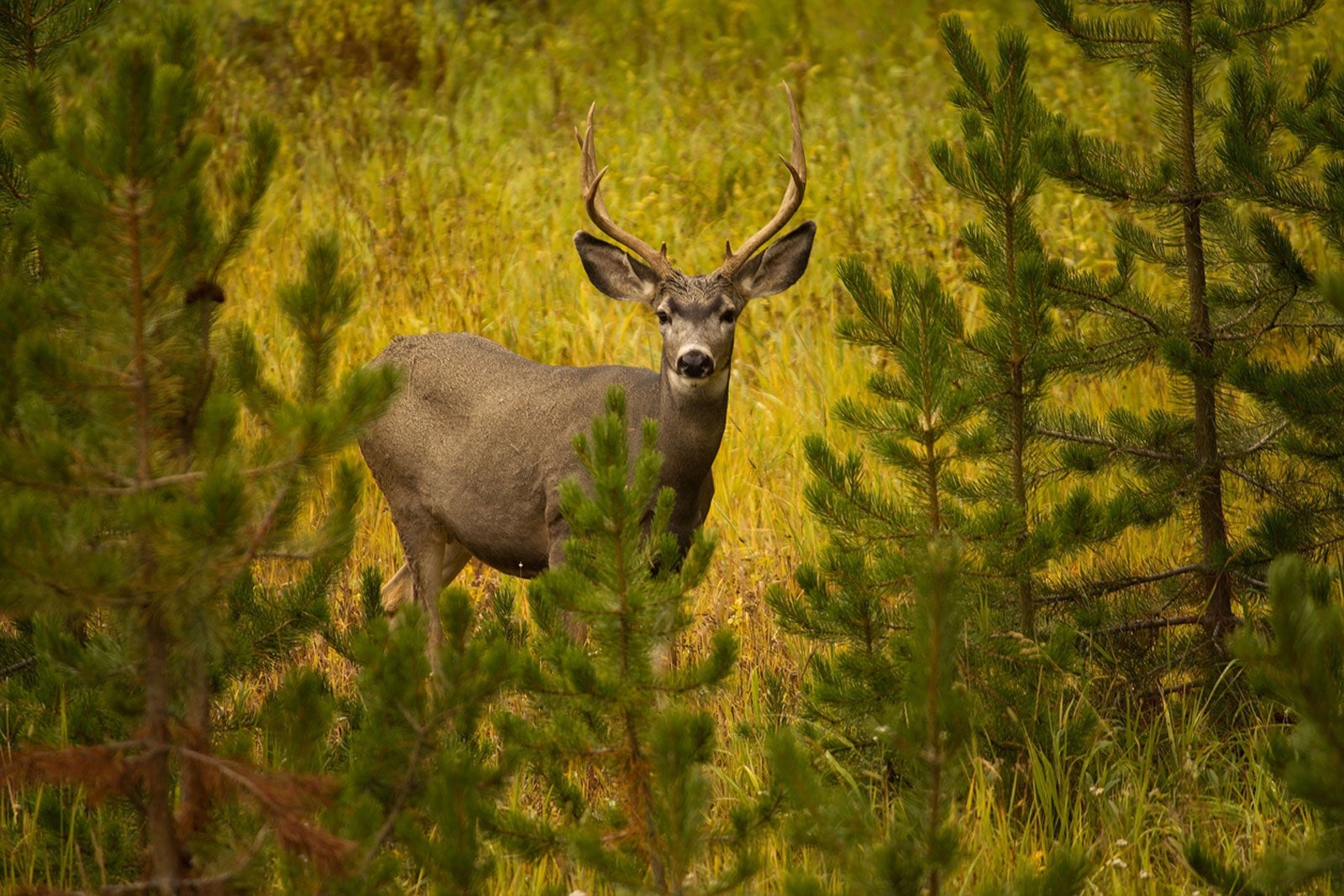 Deer Proof Evergreens: Are There Evergreens Deer Won’t Eat
Deer Proof Evergreens: Are There Evergreens Deer Won’t EatThe presence of deer in the garden can be troublesome. With some proven planting techniques, however, gardeners may be able to reduce the occurrence of damage caused by deer. Planting deer resistant evergreen plants, for example is one method. Learn more here.
By Tonya Barnett
-
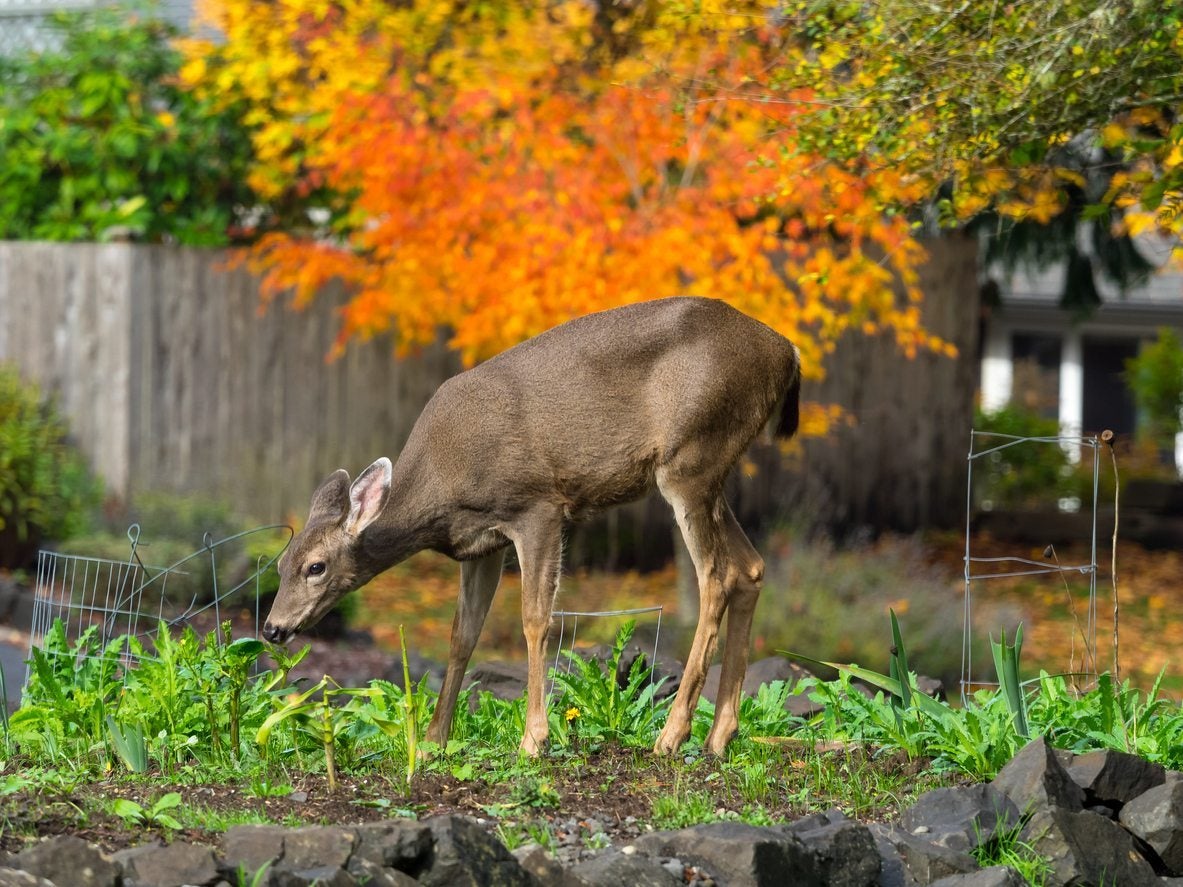 Deer Proof Gardening: What Vegetables Are Deer Resistant
Deer Proof Gardening: What Vegetables Are Deer ResistantThe best defense is a good offense. In deer proof gardening, plants that smell offensive to deer can deter them from their favorite edibles. Planting a garden with edible plants deer don't eat is also a defense. Click here for fruits and vegetables deer won't eat.
By Darcy Larum
-
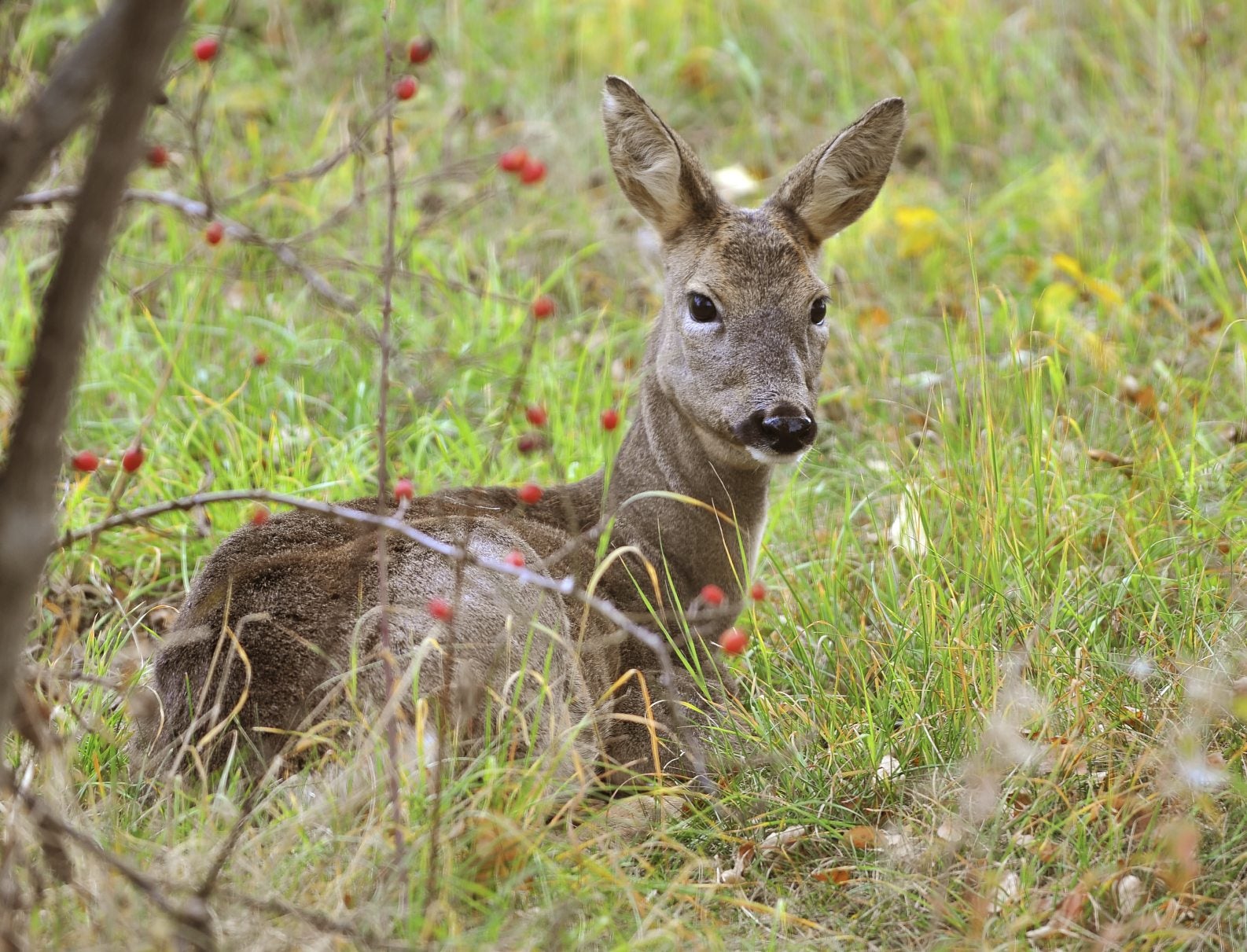 Deer Resistant Garden Plans – Creating A Deer Resistant Garden
Deer Resistant Garden Plans – Creating A Deer Resistant GardenDeer are lovely to watch but not when they are stomping all over your vegetable garden or eating the tops off of your bulbs. Creating a deer resistant garden is a must for any gardener who suffers from these grazing marauders. Learn more here.
By Bonnie L. Grant
-
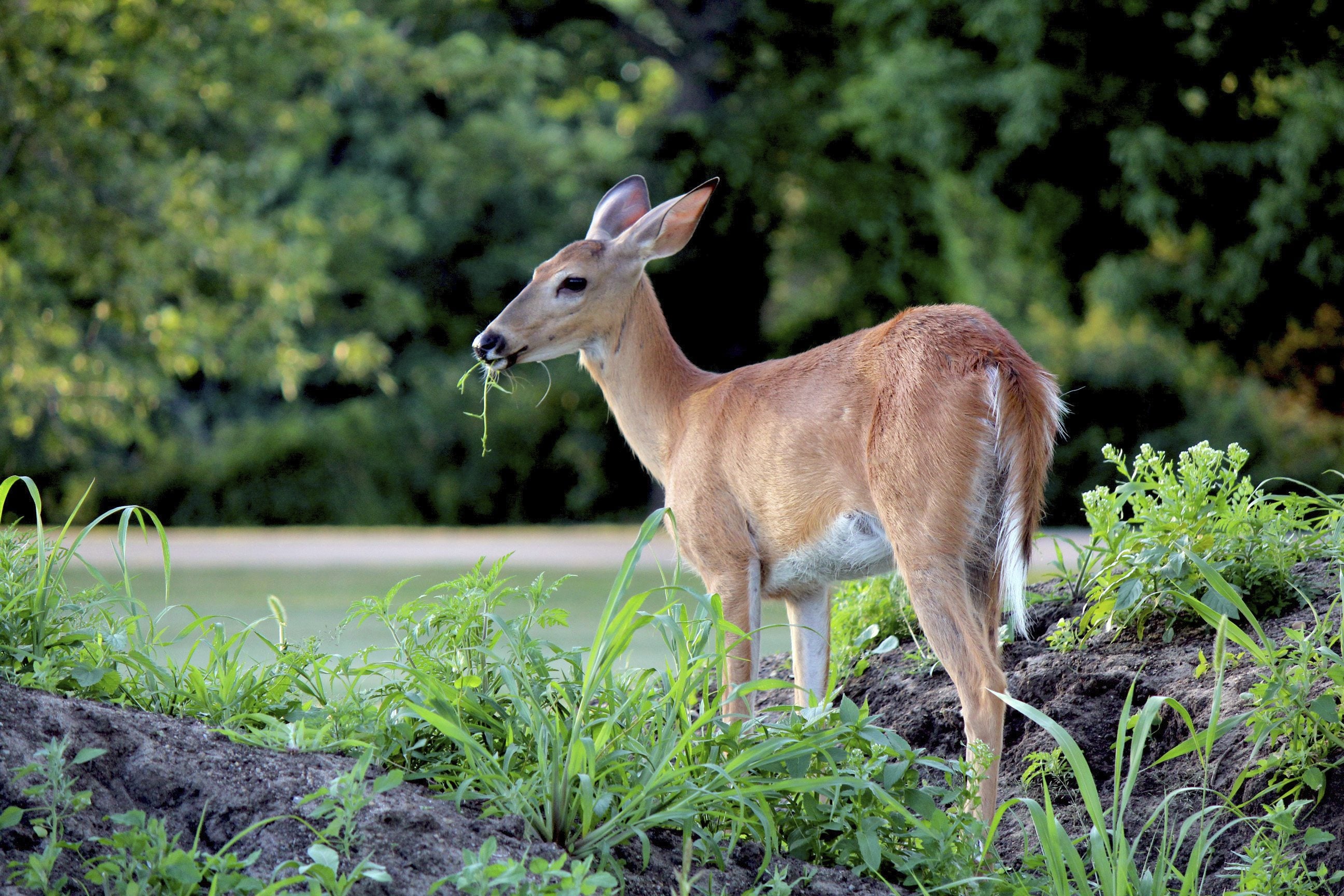 Roses And Deer – Do Deer Eat Rose Plants And How To Save Them
Roses And Deer – Do Deer Eat Rose Plants And How To Save ThemDeer do indeed love the beautiful, succulent growth they find in those meadows and valleys, but they cannot resist a rose garden if there is one close by. Learn how to fix deer damage and prevent more in this article. Click here for more info.
By Stan V. Griep
-
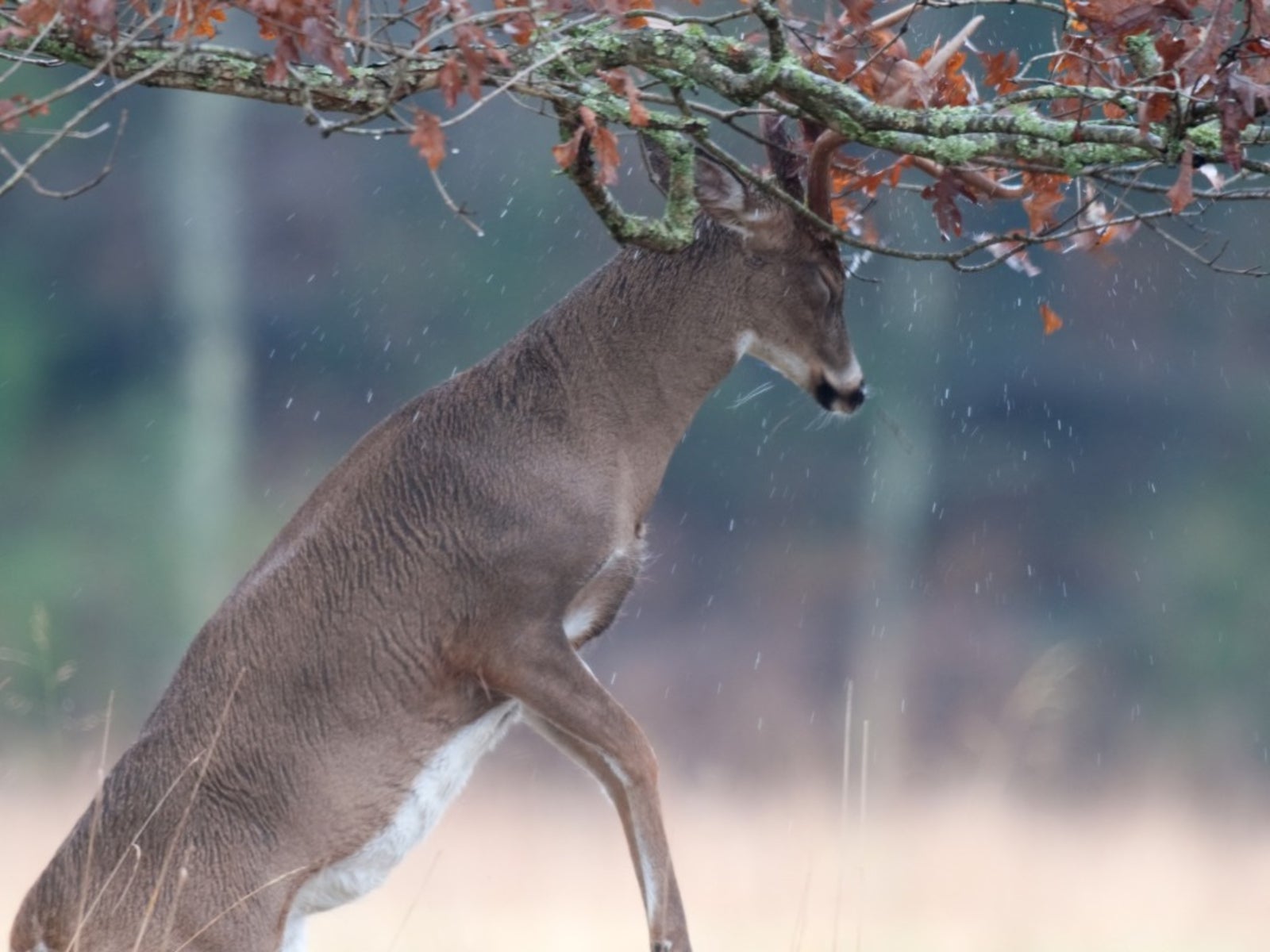 Deer Rubbing Tree Bark: Protecting Trees From Deer Rubs
Deer Rubbing Tree Bark: Protecting Trees From Deer RubsDeer are majestic creatures when they're bounding through open fields and frolicking in someone else's woods. When they come into your yard and start damaging trees, they become something else entirely. Learn more in this article.
By Kristi Waterworth
-
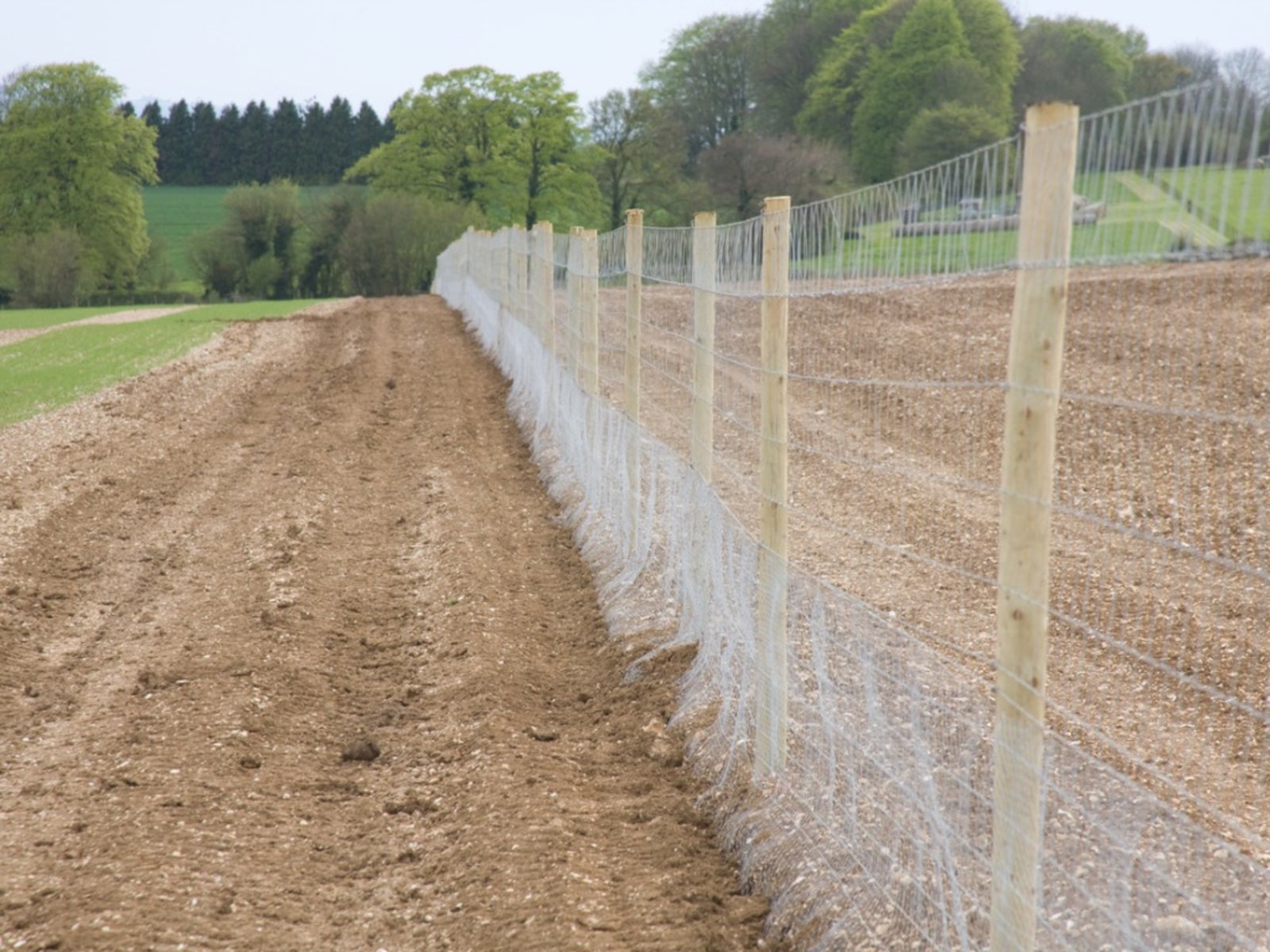 Deer Fencing Designs - How To Build A Deer Proof Fence
Deer Fencing Designs - How To Build A Deer Proof FenceDeer are elegant and graceful creatures but these attributes fall short when they have been in the garden eating your prize plants. If repellents aren't working, think about building a deer proof fence. This article will help.
By Bonnie L. Grant